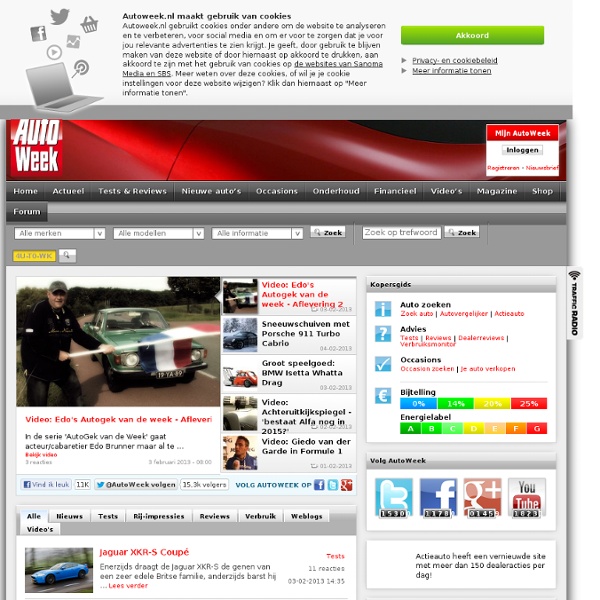



nu.nl PS3Life - Dé Nederlandse PlayStation 3 en PS Vita Community • Voorpagina nieuws, screenshots en trailers autoleitner A guide to car use in the Netherlands < Travel & Tourism On this page: Bringing your own If you wish to bring a car into the Netherlands from abroad, the Road Traffic and Transport Authority (RDW) will demand some or all of the following points are met: declare import duties and/or BTW taxes, have your car inspected by the RDW, apply for the BPM car tax with customs, pay the BPM and then receive the vehicle registration certificate, obtain number plates, pay road tax, take out third-party insurance, pay the disposal contribution for passenger vehicles. If you intend to register as a resident in the Netherlands, the Dutch municipal authorities will demand that you obtain Dutch registration for your vehicle if you bring it with you from a foreign country. If you buy a passenger vehicle in an EU country you will have to pay BTW service tax if the vehicle is new. Anyone wanting to bring a vehicle into the Netherlands will need to contact the RDW to make an appointment for the car to be inspected. Should you buy or bring your own? Buying a car
Nederland Blog iPhone – iPhoneclub – de grootste Apple iPhone blog in Nederland AutoHan The Netherlands (Holland) - Driving and Car Buying Driving in the Netherlands Holland is a relatively safe country to drive in, with a reported average rate of just 3 fatalities due to traffic accidents each day, lower than many other European countries. There is good road access into the country from Belgium and Germany and an excellent road network connecting all parts of the country. The main routes are signposted with green ‘E’ symbols on international highways, ‘A’ symbols on national highways and ‘N’ symbols on other main roads. Driving is on the right in the Netherlands, and traffic coming from the right generally has priority, unless otherwise indicated by the road signs. Speed limits are 120 km/h on major highways, 80 km/h on most main roads outside towns, and 50 km/h in built up areas, unless otherwise indicated. Seat belts must be used by the driver and all front and rear seat passengers, and car seats or booster seats must be used for all children between the age of 3 and 12, unless they exceed 1.35 metres in height.